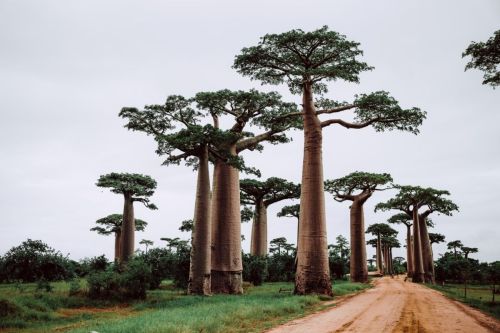25 facts about Quokkas
Quokkas are famous for their “smile.” These small marsupials inhabit certain parts of Australia and have become somewhat of a world phenomenon. Ever s ...
The wombat is a herbivorous mammal found naturally in southeastern Australia. It is the only marsupial whose teeth are constantly growing, and its feces are a worldwide rarity, as they look like small cubes.












